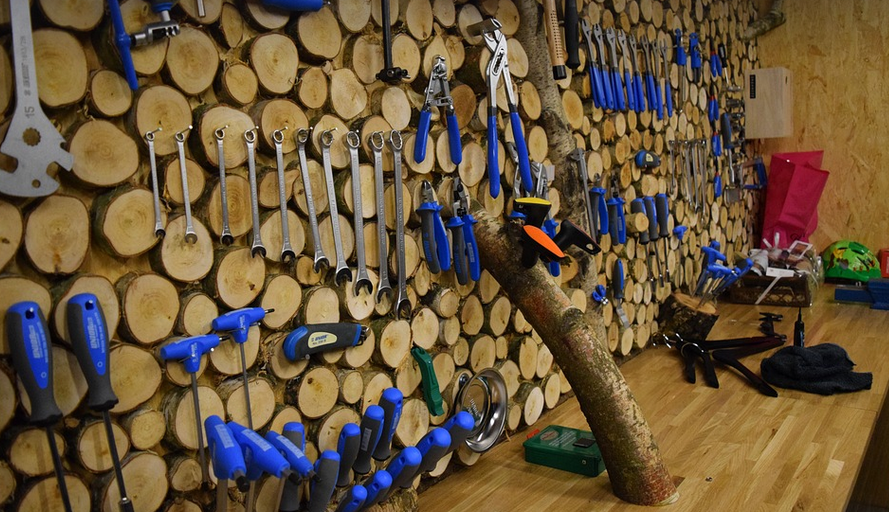Your Journey to Recovery: The Power of Post-Surgery Compression
So, you’ve just had surgery, and recovery is your new focus. You’re probably navigating a whirlwind of emotions – relief, excitement, maybe even some apprehension. Whatever your feelings, the process can feel overwhelming, especially when it comes to managing pain and ensuring proper healing. This is where post-surgery compression garments step in—they are more than just fashionable bandages; they are essential allies on your recovery journey.
Wearing compression garments after surgery isn’t about looking cool or showing off your newfound firmness. It’s all about function, precision, and supporting your body’s natural healing process. These garments provide gentle, consistent pressure to the affected area, helping to:
- Reduce swelling and fluid buildup—this is key for minimizing discomfort and speeding up recovery.
- Improve blood flow and oxygenation to the tissues—allowing for better healing and quicker mobilization later on.
- Reinforce weakened muscles or support joints—helping with stability and reducing the risk of future injuries.
- Provide a sense of security and confidence—knowing your body is being supported can boost motivation throughout the recovery process.
But, which compression garments are best? Choosing the right gear depends on several factors, including the type of surgery you’ve had, the location of your injury/surgery, and even your personal preferences.
The world of post-surgery compression garments is vast and diverse – from simple bandages to technologically advanced medical devices. Each option has its own unique set of advantages and disadvantages. Let’s dive into a few:
Types of Compression Garments
**Compression Sleeves:** These are the classic choice for many post-surgical situations, especially for injuries or procedures in the arms, legs, or torso. They offer versatile support that can be adjusted to various levels of compression depending on your needs.
They come in a range of materials and designs, from lightweight fabrics ideal for warmer weather to heavier options that provide more protection during cooler months. Many sleeves are also designed with breathable fabrics and moisture-wicking properties to prevent chafing and overheating.
**Compression Stockings:** For surgeries involving the legs or ankles, compression stockings offer a targeted approach to support. These stockings can help improve blood flow, reduce swelling, and provide overall comfort during recovery.
They are available in various lengths and strengths of compression, so choosing the right one is crucial for optimal benefits. Some may even have graduated compression, where the pressure increases from toes to calves for enhanced circulation and pain relief.
** Compression Suits:** For serious injury or procedures involving full-body impact, a compression suit might be the best option. They often feature multiple layers of fabric with specialized materials designed to provide maximum support and minimize complications like inflammation and fluid buildup.
These suits are not just for athletes; they are valuable allies for people recovering from major surgeries, especially hip replacements or knee operations. The ability to maintain optimal circulation and reduce swelling can make a significant difference in the long run.
**Compression Shorts:** For men experiencing recovery post-surgery on their groin or pelvic area, compression shorts offer targeted support and help prevent discomfort during everyday activities like walking or sitting.
These shorts are available in different designs to provide maximum comfort. Some include a moisture-wicking layer to keep you cool and dry.
**Other Options:** Remember that there’s a wide range of compression garments available, including knee sleeves for joints, special post-surgical arm sleeves for certain procedures, and even compression bandages designed for more specific needs.
Choosing the Right Compression Garments
So you now know the main types of compression garments. But how do you find the garment that fits your individual needs?
**1. Consult Your Doctor:** First, always consult with your doctor before incorporating any new compression garments into your recovery routine. The best type of compression for your situation will depend on factors like your specific surgery and the target area.
**2. Identify Your Needs:** Before you even start browsing online or visiting a store, take time to reflect on what you need from the garment.
- Do you want something comfortable to wear during daily activities, like walking or standing for long periods?
- Are you seeking pain management and swelling reduction after surgery?
- Do you need additional support for your muscles as you regain mobility?
**3. Consider the Material:** The material of a compression garment plays a significant role in its comfort and effectiveness.
- Breathable fabrics are important, especially during warmer months, to prevent overheating.
- Moisture-wicking materials are essential for keeping you dry and comfortable throughout the healing process.
- Lightweight designs offer more freedom of movement while maintaining support.
**4. Try It On:** Once you have an idea of your needs, it’s time to try on different compression garments. This is crucial for finding a comfortable and supportive fit that truly works for you.
The Right Compression Garments Can Make All the Difference
The Future of Post-Surgery Compression
As technology advances, we can expect to see even more innovative developments in post-surgery compression garments. Here are a few exciting possibilities for the future:
- **Smart Compression Garments:** Imagine clothing that tracks your blood flow and adjusts pressure levels based on your individual needs. This could revolutionize recovery by providing personalized support and reducing pain.
- **Computer-Generated Compression Garments:** Advanced computer models could create custom compression garments tailored to people’s unique anatomy and surgical procedures, maximizing effectiveness and minimizing discomfort.
- **Self-Adjusting Compression Garments:** Wearable technology could provide more hands-free support and adjust pressure levels automatically based on factors like your activity level or body temperature.
These emerging technologies will not only enhance the effectiveness of compression garments but also empower individuals to take control of their recovery journey, ensuring faster healing and a smooth return to everyday activities.
Remember, your post-surgery recovery is a marathon, not a sprint. Be patient, trust the process, and prioritize self-care as you navigate this new chapter in your life.
